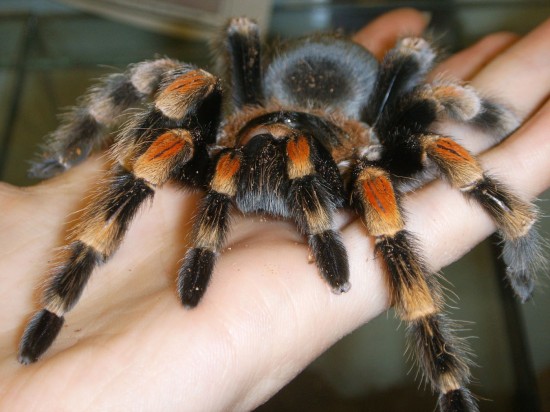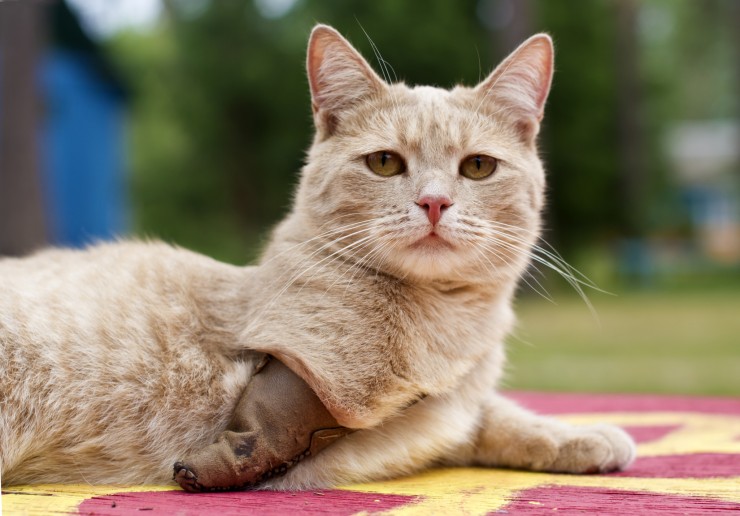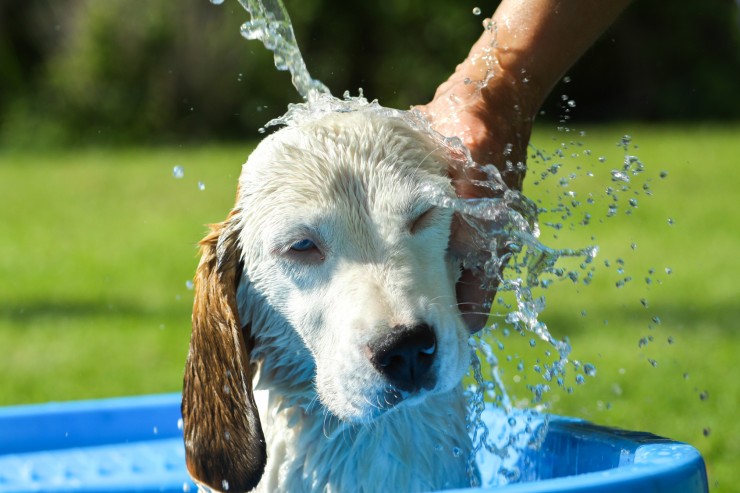
With 1 in 5 cats, and 1 in 10 dogs, suffering from flea infestations, fleas are a common problem amongst household pets. It is also a problem that can spread incredibly fast, as fleas can lay up to 50 eggs per day. This means that in as little as 21 days, one flea can quickly turn into 1,000 fleas, making life uncomfortable for both pets and their owners. This makes flea treatment for cats and dogs an issue of the utmost importance.
A large proportion of people believe that cats and dogs catch fleas because they jump from one pet to another - however this is not the case. Household pets are most likely to pick fleas up from an area that has been infested with fleas. This area could be your garden, the local park or even your friend’s house. Anywhere that other animals with fleas, such as hedgehogs, rabbits, foxes or other pets can be found is likely to be a breeding ground for fleas and this is the most likely spot for your pet to catch them from.
As previously mentioned just one female flea can lay up to 50 eggs per day. These eggs then turn into larvae, then pupae and in turn become adult fleas themselves. Due to the life cycle of a flea and their quick breeding periods, only around 5% of your flea problem is likely to be based on the pet itself, with the other 95% of the problem residing within the pet’s environment i.e. your home.
The best way to avoid this vicious cycle of flea breeding and infestation is to try and prevent your pets from getting fleas in the first place. Online pet supplies store such as Vetpharmacy provide a variety of solutions to help with this problem, including Frontline Spot On. Cats will need to have the flea treatment applied every five weeks, whereas dogs will need to be treated every two months. It is important to remember that each cat or dog within your home will need to be treated, as each pet can act as a host for a flea infestation. In addition to this, it is important that the carpets and furnishings within your home are vacuumed and cleaned on a regular basis. Frontline Spot On flea treatment should be used regularly to kill any adult fleas that may already be on your pet. You should also wash your pet’s bedding at above 60°C. This will help to reduce the amount of eggs, larvae and pupae within your home.
If you are faced with a severe flea infestation then flea treatments such as Frontline Spot On can still be used, but need to be applied in a slightly different manner. In order to bring the flea population under control, your pet should be treated using Frontline Spot On every four weeks for 12-16 weeks. Once again, each pet within the household will need to be treated and carpets, furnishings and bed bedding needs to be cleaned appropriately. Furthermore, during instances of severe flea infestation an environmental spray containing an Insect Growth Regulator will need to be used, in order to kill the developing eggs and larvae that are developing within the home environment. You should still allow treated pets to have continued access to flea infested areas, as existing fleas will then be able to jump onto your treated pet, where they will be killed as a result of contact with the Frontline Spot On.
 Riding Out In The Winter - Tips To Staying Safe
Riding Out In The Winter - Tips To Staying Safe
 Five Important Questions To Consider If You Are Interested In Keeping A Tarantula
Five Important Questions To Consider If You Are Interested In Keeping A Tarantula
 How To Help Your Cat When They Lose A Limb
How To Help Your Cat When They Lose A Limb
 What To Look For In A Quality Parson Russell Terrier
What To Look For In A Quality Parson Russell Terrier
 Ten Ways To Make Your Dog Happy And Healthy
Ten Ways To Make Your Dog Happy And Healthy
 Some Commonly Overlooked Hazards In Your Dog’s Home
Some Commonly Overlooked Hazards In Your Dog’s Home
 Is Self-insurance A Viable Alternative For Pet Owners?
Is Self-insurance
Is Self-insurance A Viable Alternative For Pet Owners?
Is Self-insurance
 If Dogs Love Swimming, How Come They Hate Being Bathed?
If Dogs Love Swim
If Dogs Love Swimming, How Come They Hate Being Bathed?
If Dogs Love Swim
 Dog-friendly Hotels - Some Caveats To Note
Dog-friendly Hote
Dog-friendly Hotels - Some Caveats To Note
Dog-friendly Hote
 A Short Guide To The Peruvian Guinea Pig
A Short Guide To
A Short Guide To The Peruvian Guinea Pig
A Short Guide To
 Is A Finnish Lapphund The Right Dog For You?
Is A Finnish Lapp
Is A Finnish Lapphund The Right Dog For You?
Is A Finnish Lapp
Copyright © 2005-2016 Pet Information All Rights Reserved
Contact us: www162date@outlook.com